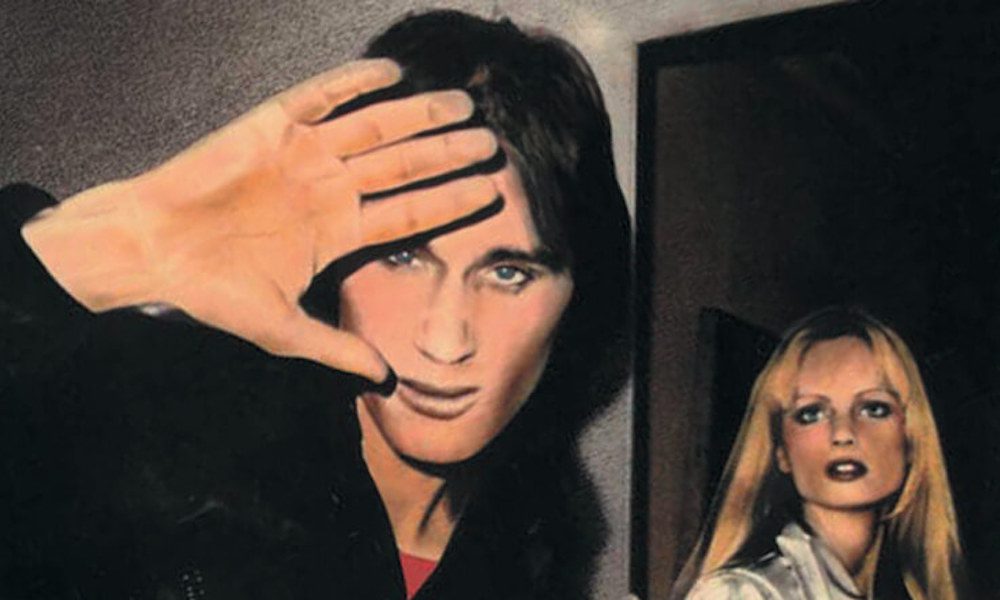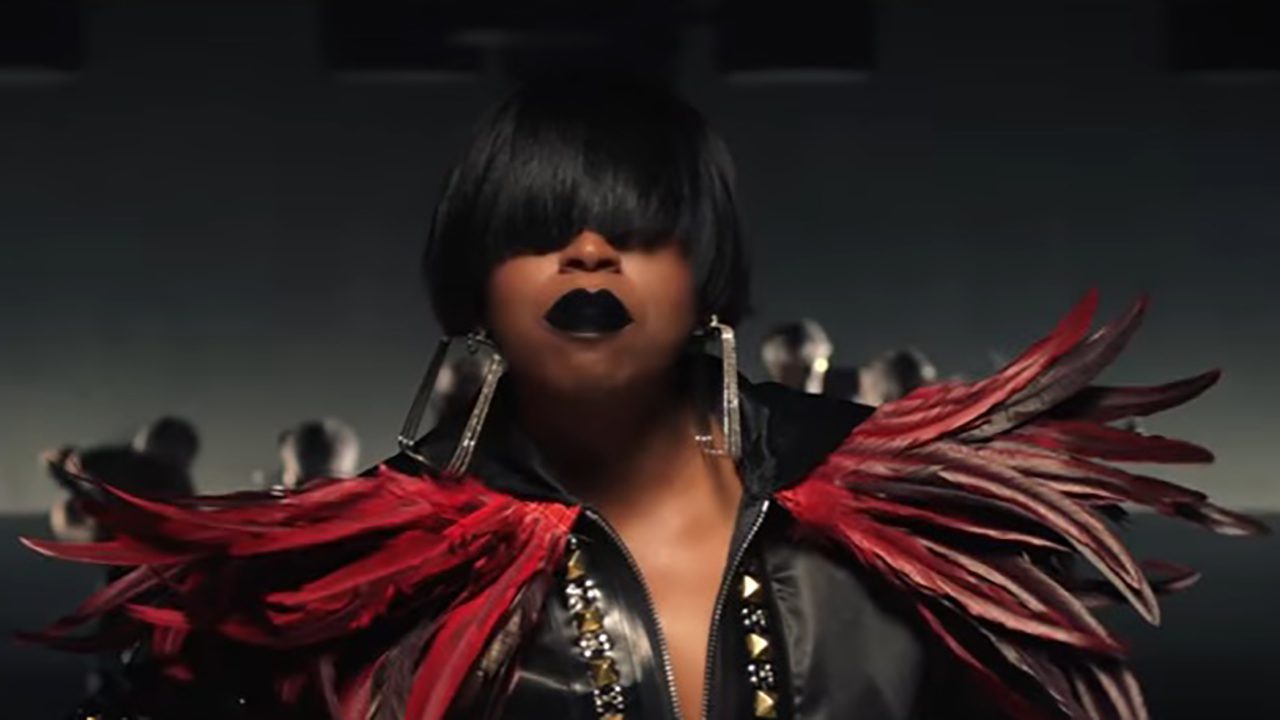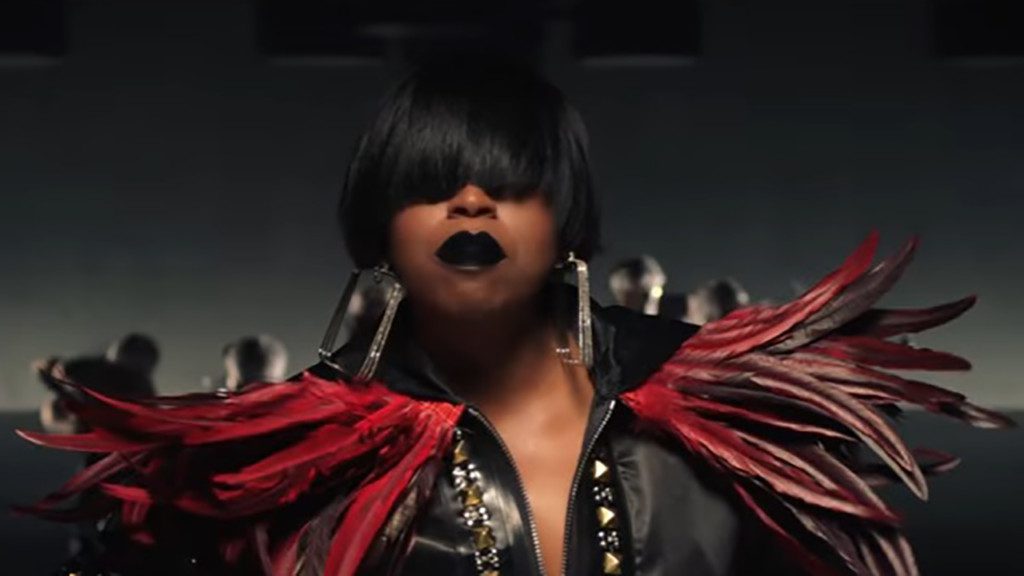ONLY NOISE: Make Me Smile

My dad’s record collection has always been a significant source of music in my life. Its sheer volume and variety has never ceased to amaze me, and that is likely why I write about it so often. Each time I head home for the holidays (or between jobs) it is one of the first things I check on after settling in and petting my childhood cat. When I look at the six foot wide, five-story shelf of LPs, I see every house they’ve lived in, and every alphabetized box we’ve unpacked them from. On the southernmost shelves I see the evidence of three or four kittens, who’d used the spines of records “U” through “Z” as scratching posts. Those kitties always ended up conveniently “running away.”
My method for discovering music in my dad’s collection has never been strategic or efficient, and because of that, my memory of first finding Steve Harley and Cockney Rebel’s 1975 LP The Best Years of Our Lives is blurry. Thinking on it, I’ve whittled it down to two possibilities. It’s possible that my dad, in one of his many attempts to find a middle ground between his tastes and the ‘80s street punk I was listening to at the time, hooked me with a line about Steve Harley being related to Dave and Ray Davies. The second theory is far simpler; while thumbing through my dad’s collection, I came across an album sleeve picturing a handsome and stylish young man, who dare I say looked just like the Davies brothers.
Whatever the circumstances were, The Best Years of Our Lives made its way from shelf to turntable one day, and it damn near knocked me over. The record fulfilled the promise of Marc Bolan’s glam and the Kinksian wit Harley hinted at on the album cover, his shag haircut and sharp jacket doing all of the talking. Best Years was a spotless collection of music in my opinion, save for the opener, “Introducing ‘The Best Years,’” which stinks of ‘70s excess. One song on the album was so fantastic, however, that I can remember freezing the first time I heard it, my arms dripping with soap and water. One of my favorite ways to listen to music was at top volume, alone and doing the dishes before my parents got home from work. I was scrubbing away when the stylus slid onto “Make Me Smile (Come Up And See Me),” and within seconds I was motionless, holding a sudsy plate in mid-air.
At the time, “Make Me Smile” represented two very incorrect things to me: 1) an obscure pop gem, and 2) a love song. This was a point in my life when the Internet bored me, and I referred to it only for concert listings and homework assignments. The result was a lot of misinformation and the over-mythologizing of my father’s record collection. I assumed everything he owned was rare, and while some of it was, Best Years was certainly not. A pop gem it was, triumphant with its gospel-like backing vocals, beaming synths, and unlikely acoustic guitar solo – but considering the chart-topping tenure of the single, it’d be a stretch to call this record “obscure.”
On this very day in 1975, “Make Me Smile” reached No.1 on the UK singles chart, where it remained for two weeks. It has since entered the Top 10 in 15 different countries and sold around 1.5 million copies. In other words, it’s about as obscure as the Stranglers’ “Golden Brown.”
“Make Me Smile” is also about as far from a love song as you can get. I was unaware of this when five years after first hearing it, I put it on a sappy mixtape for my first New York boyfriend. Maybe it was a self-addressed omen that things wouldn’t end well between us. “Make Me Smile” was written about a relationship, just not a romantic one. It was a snide and biting reproach of Harley’s former bandmates – the original Cockney Rebel. Last year, Harley spoke to The Guardian about the making of his biggest hit. “In 1974, my band Cockney Rebel were on a roll,” he said. “We’d had hits with Judy Teen and Mr. Soft and a sold-out UK tour had generated hysteria. At some venues, police on horseback were needed to get us out. It was every young man’s dream. Or so I thought.”
That roll came to a skid when three of Harley’s bandmates asked if they could start writing songs, hoping to receive a bigger slice of income in the future. “Not for this band,” Harley told them. With that, the band members walked out, just before the group was scheduled to play Reading festival. Rather than pull out of the prestigious event, Harley reformed Cockney Rebel with all new members, retaining the original drummer, who’d remained loyal to Harley.
Harley felt utterly betrayed by his former bandmates, and whether or not that feeling was justified (it seems a bit despotic to not let musicians express their creativity and then expect them to stick around) he channeled that perceived mutiny into one of most gorgeous kiss-offs in rock history. Produced by prog rock messiah and studio wizard Alan Parsons (who engineered Abbey Road, Let It Be, The Dark Side of the Moon, and countless other important records), “Make Me Smile” is as dense musically as it is lyrically. Sonically it’s chewy, with false stops, lush harmonies, and a rubbery bassline that counters starship synth swells. Its words are no more modest, featuring veiled insults and biblical allusion. In the first verse, Harley croons, “You spoilt the game, no matter what you say/For only metal – what a bore.” Harley claims that this line “is a biblical reference. Metal is money: it’s Judas and 30 pieces of silver.”
Melodramatic? To be certain. Though despite Harley’s self-proclaimed egotism in his younger years (he was only 23 when The Best Years of Our Lives was released), there is a sense of genuine heartbreak when he sings that sky-high chorus: “Come up and see me, make me smile/Or do what you want, running wild.” Harley admitted to The Guardian that he looks at the events leading up to his hit song differently now. “We’d all been young and brash and arrogant,” he said. “But later I felt sorry for [fusion_builder_container hundred_percent=”yes” overflow=”visible”][fusion_builder_row][fusion_builder_column type=”1_1″ background_position=”left top” background_color=”” border_size=”” border_color=”” border_style=”solid” spacing=”yes” background_image=”” background_repeat=”no-repeat” padding=”” margin_top=”0px” margin_bottom=”0px” class=”” id=”” animation_type=”” animation_speed=”0.3″ animation_direction=”left” hide_on_mobile=”no” center_content=”no” min_height=”none”][the original members of Cockney Rebel]. It must have been difficult watching me singing that song on Top of the Pops.” Steve Harley must know better than anyone, that the best form of revenge is success.
[/fusion_builder_column][/fusion_builder_row][/fusion_builder_container]


